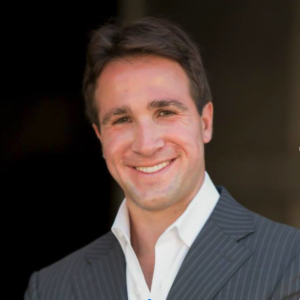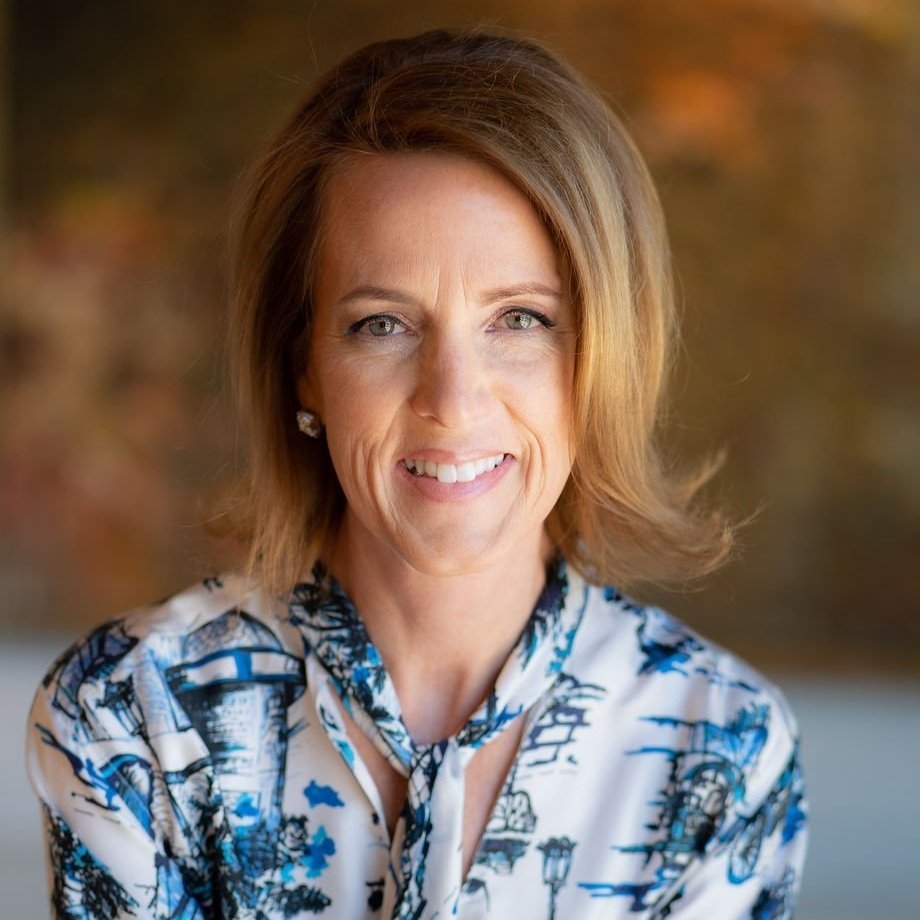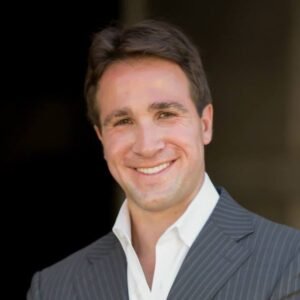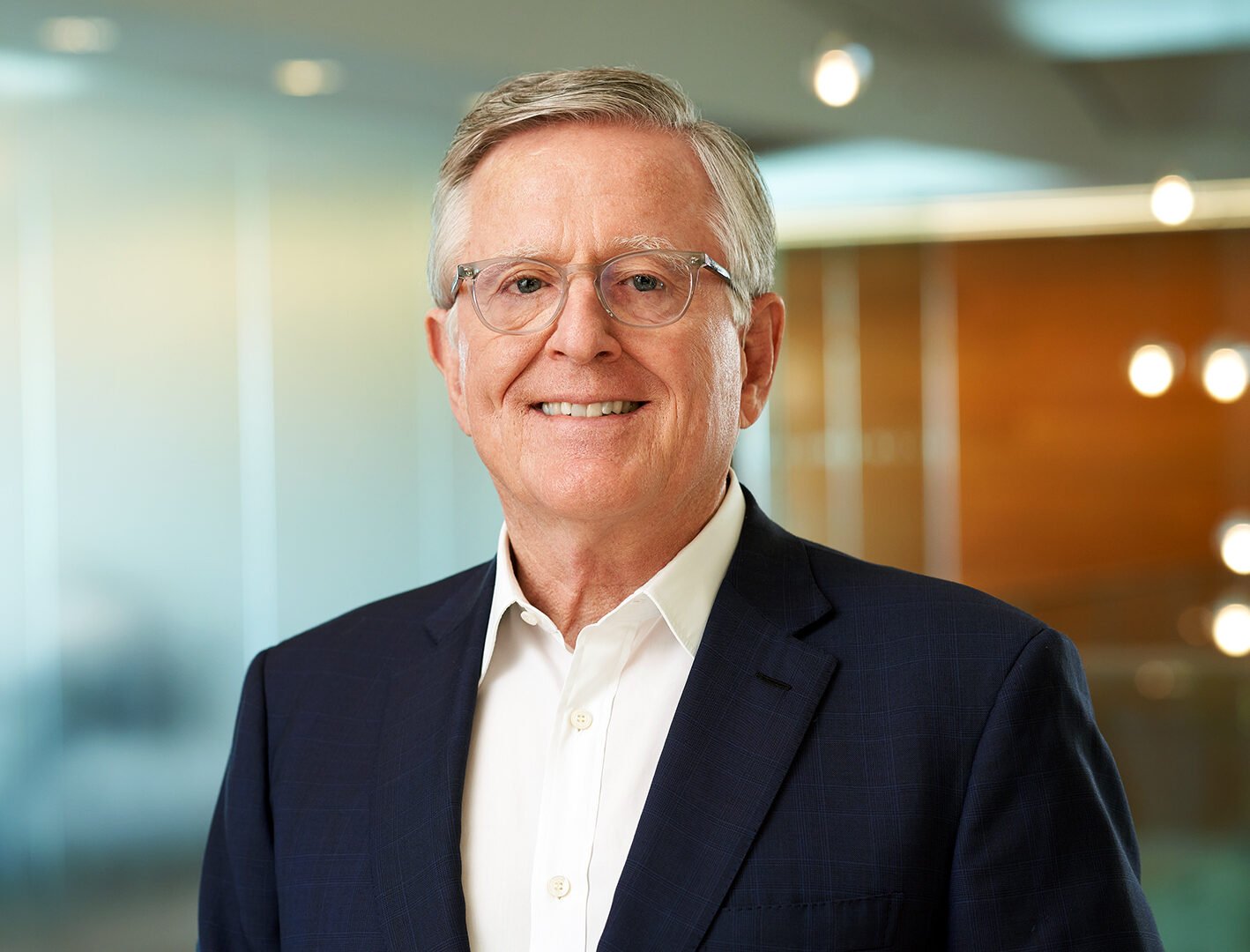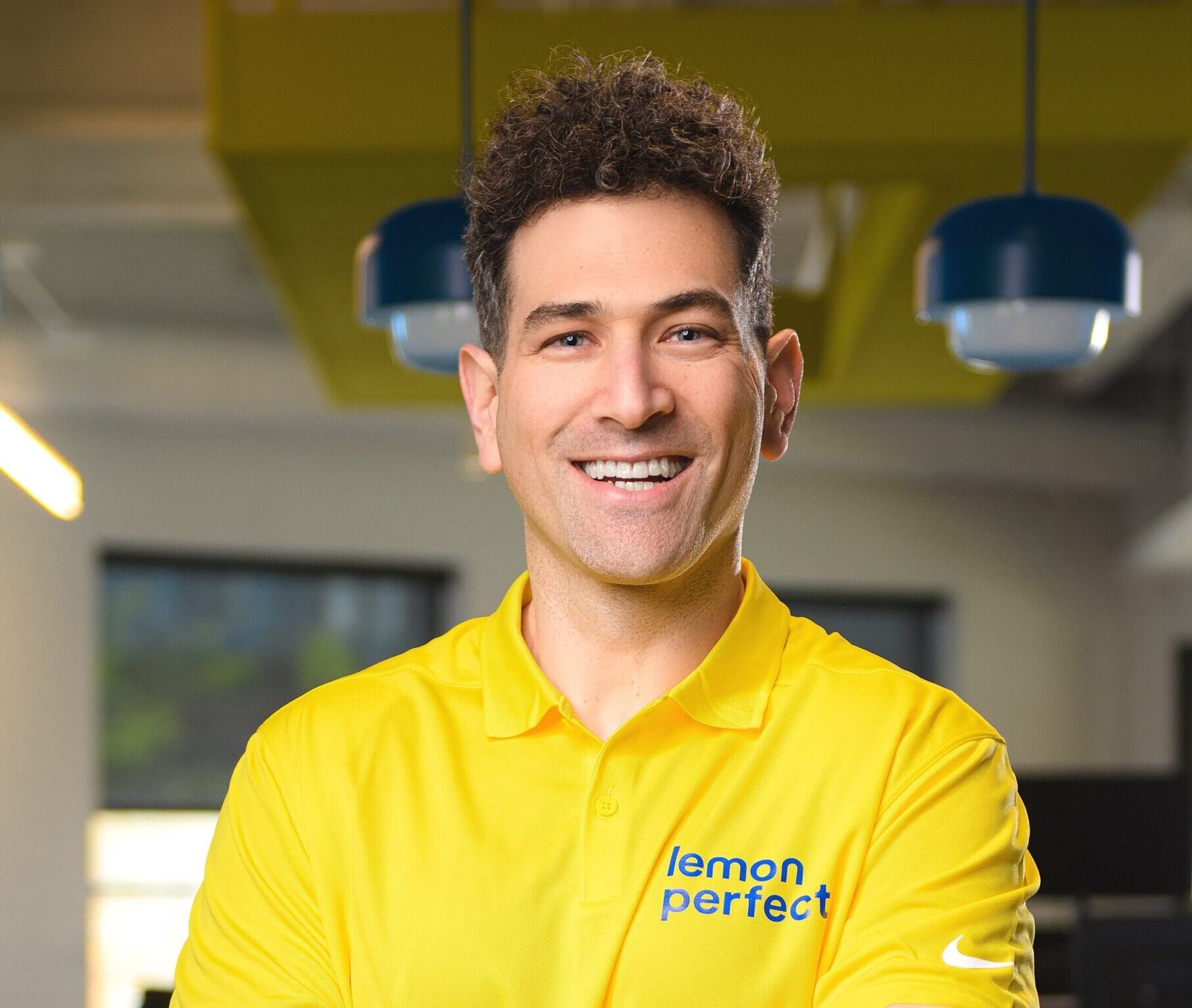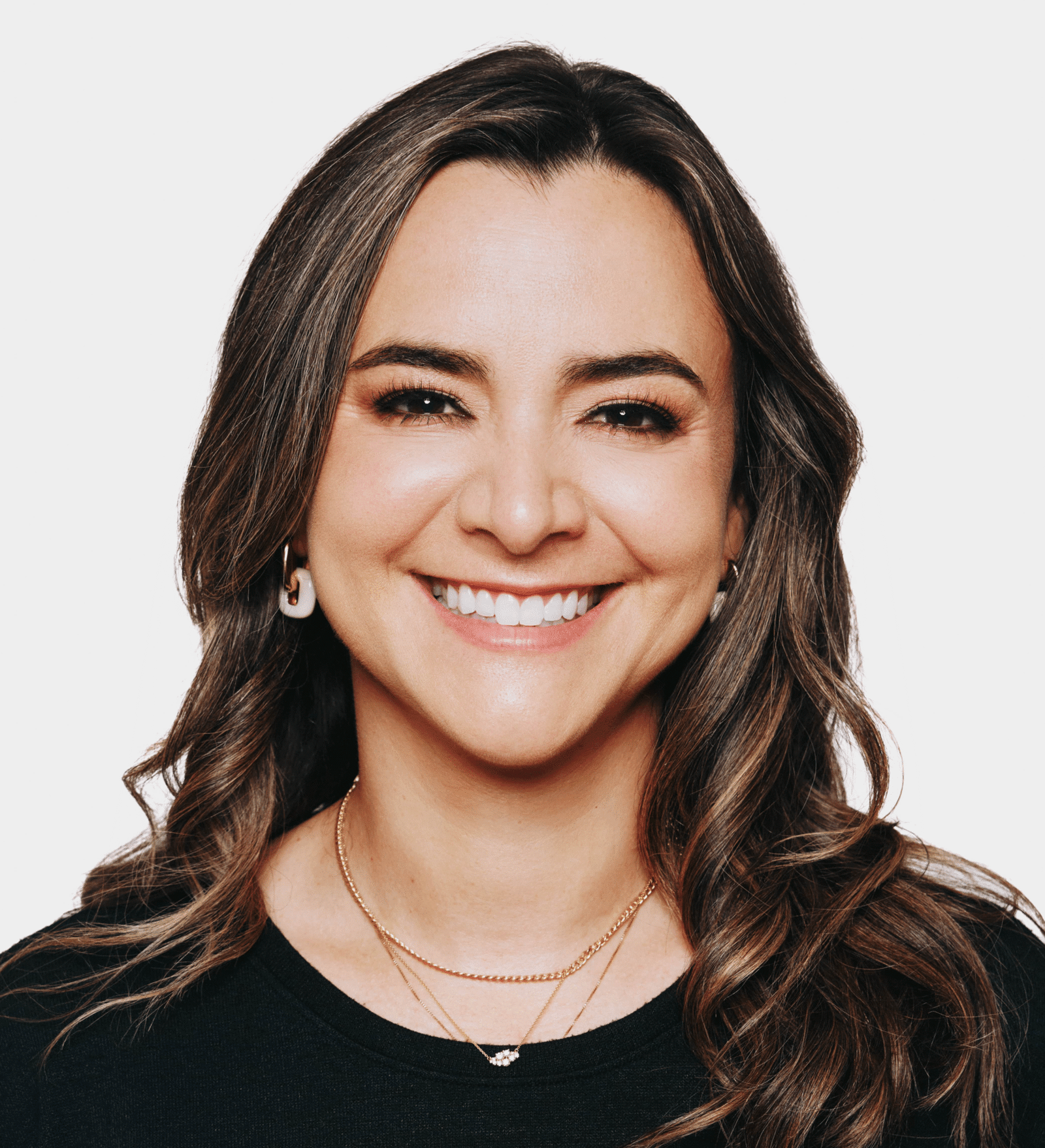I recently went one on one with Whitney Johnson. Whitney is the CEO of Disruption Advisors and the author of the new book Smarth Growth.
Adam: Thanks again for taking the time to share your advice. First things first, though, I am sure readers would love to learn more about you. How did you get here? What experiences, failures, setbacks or challenges have been most instrumental to your growth?
Whitney: That is a big question. There are several examples in the book, so I’ll share a few that aren’t found there.
The first is that I was born in Spain. I only lived there briefly, but because of that I always studied Spanish in school. Then I lived in Uruguay as a missionary for eighteen months where I focused on faith, but more fundamentally on finding a way to communicate to people that they matter and to do that in a different language. That experience left me with a deep and abiding love for the Spanish-Portuguese-speaking world. It also led to an ongoing search for a way to communicate my ideas so that people can hear them and feel heard.
A second defining moment occurred when I was working on Wall Street as an investment banker and my boss was fired. That precipitated a shove from banking into research for me. The equivalent of going from flying a fighter jet to a cargo plane. But that move turned out to be a career maker. I was good at picking stocks, at spotting momentum. (And I was doing this in Latin America –– a region that I love). As it turned out I was ultimately more excited about the momentum of people than of stocks (as discovered while preparing for an analyst training in which I compared every individual to a brand and a contestant on American Idol). It was this ah-ha event that launched me on my current path of helping people and organizations grow, to build momentum.
The third defining moment was recent. I was on deadline for Smart Growth, the book that we are talking about here. I like to meet my deadlines. But when I shared a draft of the manuscript with a New York Times bestselling fiction author, Julie Berry, she gave me some real talk, “It’s not ready. You can meet your deadline, or you can write a great book.” As I wrestled with this dilemma, I realized I wasn’t self-identifying as a writer. I was a person who wrote books as part of my business. Of course, no one writes a book all by themselves, as you’ll see in the acknowledgments. But this was an important reckoning. We delayed 4-6 weeks and the data also suggest we wrote a great book.
Adam: What do you hope readers take away from your new book?
Whitney: I want readers to finish the book with a clear picture of how growth occurs. Smart Growth provides a breakdown of the phases of the S Curve of Learning so that the process can be visualized, and individuals can recognize where they are in the process and know how to maximize potential and momentum to achieve their growth objectives. Leaders can apply it to themselves, of course, but also use it as a tool for talent and team development and succession planning. There is research, especially neuroscience to underpin the model, and great stories to inspire.
In brief, the S Curve of Learning is an adaptation of Rogers’ diffusion curve applied to human development. At the bottom of the S, growth is slow and can be laborious, even painful. When we know this is normal, it helps us persevere until we tip into the sweet spot, the back of the S where increased competence fuels rapid and exhilarating growth. At the top of the S, growth slows again, as mastery nears and the potential of the learning curve is maxed out. It’s time to find a new challenge before boredom and stagnation undermine our performance. Smart Growth provides a more specific breakdown of these phases, to help readers understand and proactively direct their own growth.
Adam: In your experience, what are the key steps to growing and scaling your business?
Whitney: The S Curve of Learning can be applied to organizational growth as readily as to individual growth.
When starting a new business, you are saying yes to a lot of new ideas and challenges. Progress can be slow, even indiscernible. Competence and confidence may be lacking. Persistence is essential, but also careful exploration and data collection to determine for sure if you’re in the right business, with the right business model. There will be iteration and adaptation; you have to say yes to trying a lot of possibilities.
Once you’ve garnered sufficient experience and data to see some momentum, you make the fully informed commitment, which marks the tip into the sweet spot. And then you start to say no to a lot of things instead of yes. You focus on your prime objective, focus on your process, focus on what’s working. Inevitably, you shift focus to growing the people who are working for you. Your role changes and you have to move from the Founder S Curve and through other S Curves beyond that to make room for the growth of your people. You give away some of your Legos so other people can build. If your people don’t grow, neither does your business. Organizations are an amalgam of diverse human talent. Everything else is just props and tools.
Adam: How can leaders grow their people?
Whitney: It starts by understanding that growth is the human default setting. We are wired from birth to learn and grow. So…read the book, Smart Growth.
With rare exceptions, everyone on a team wants to grow. In the current employment environment one of the most important predictors of longevity is how an employee perceives their growth upside within their organization—or without.
It’s critical for leaders to have early, frequent, and ongoing conversations with employees about their development. Leaders should use those conversations to develop plans that help valuable talent see a growth pathway for their careers. The S Curve of Learning model provides a framework and a vocabulary that can be understood by both leaders and their team members to help guide these all-important conversations and plans. Where does the leader see the employee being on their S Curve and, more importantly, where does the employee see themselves? Is there momentum? Is there still room to grow? Is it time for something new? What support does the individual need in their current S Curve phase? Do they need a mentor, better training, more resources or fewer, a stretch assignment, a new team, a new role? And so on.
Adam: What do you believe are the defining qualities of an effective leader?
Whitney: Effective leaders are always willing to grow themselves and recognize that their growth impacts the growth of others. Failure to grow has a negative impact on both people and organizations. To continually grow, leaders require humility—a willingness to do new things, try new S Curves, share the Legos, as I already mentioned—and they need to be accountable for their own progress and the growth of those they lead. I believe the best leaders are always happy to see their people thrive and succeed, whether working for them or moving on to other opportunities. Human potential is the greatest force in the world. Little is achieved without it, but once-unimaginable things are accomplished because of it. Great leaders recognize the development of that potential as the ultimate collaboration.
Adam: How can leaders and aspiring leaders take their leadership skills to the next level?
Whitney: The S Curve of Learning is all about the next level! Leaders can pinpoint where they are on their leadership learning curve(s) and use the tools we provide in the book and online to understand where their people are on their curves. We want the book to teach people how to become “Smart Growth” leaders: to know how people learn and grow, how momentum is achieved and maintained, and how to address the eventual stagnation that occurs when people are no longer challenged. Leaders can help employees grow from launch point, through sweet spot, and into mastery, with early planning for the next step when mastery can contribute to boredom and even the most accomplished employee might start eyeing the exit. Smart Growth can help leaders step up as talent attractors, talent developers, and talent retainers—all while building optimally effective teams to grow the business.
Adam: What are your three best tips applicable to entrepreneurs, executives and civic leaders?
Whitney: Obviously, I recommend that any individual, or a leader in any capacity, use the S Curve of Learning model to shape their thinking about growth and how to facilitate it. It will increase their capacity to grow and to help others grow. Growing people grow organizations.
Set small, even ridiculously small, goals. Growth is incremental; people rarely change or progress in huge leaps. But we like to set very ambitious goals and tend to get discouraged when we fall short. Especially on the launch point, where progress is almost indiscernible, early success is important. Success is rewarded with dopamine release in the brain. Dopamine is a feel-good chemical. Support early success with goals that are realistic and achievable.
The beginning of each day is a launch point too. Each day is a new S Curve to scale. Orient yourself each morning. Before you get caught up in email or social media, think forward through the day ahead for a few minutes. What do you want to do and why are you doing it? Morning is the base camp from which to attack today’s mountain. Make a strong start.
Adam: What is your best advice on building, leading and managing teams?
Whitney: Everyone is on an S Curve of Learning, including you.
So, know what that means and what it requires of you, if you’re going to be really effective in the business, and be a boss that people love to work for. When people know that they can grow with you, they will want to work for you, and work their hardest and best.
Adam: What is the single best piece of advice you have ever received?
Whitney: The great CEO Alan Mulally said to former World Bank president Jim Kim, essentially, “When you’re the CEO, your face isn’t yours anymore. You have a nice smile — you should smile more.” One day, famed leadership coach Marshall Goldsmith said something similar to me: Smile more. It’s amazing how much more smiling can smooth a day’s work and improve our relationships. And smiling just generally feels better than not smiling.
Adam: Is there anything else you would like to share?
Whitney: At Disruption Advisors we have a memorable little saying to remind us and everyone else about the S Curve of Learning: Slow, fast, slow; that’s how you grow.

